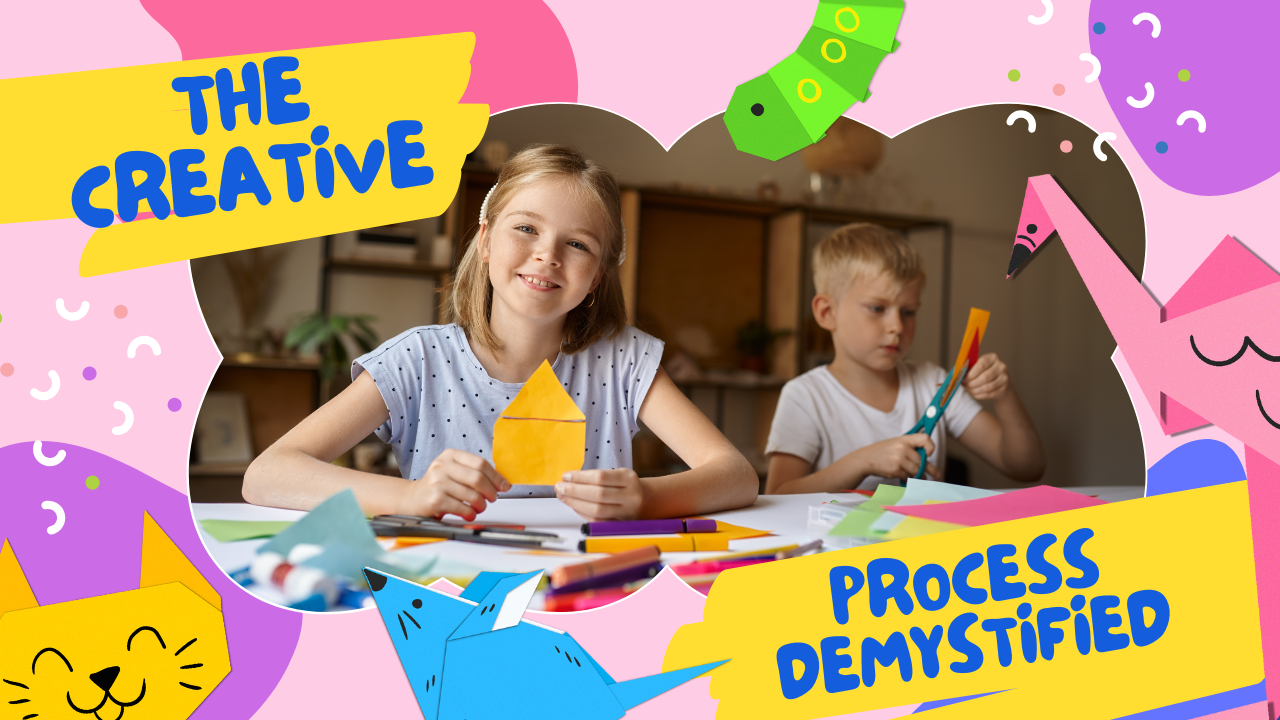In a world where competition is fierce and the pace of change is accelerating, the concepts of creativity and innovation have become central to success across industries and sectors. Creativity and innovation are not just buzzwords—they are driving forces behind breakthroughs, progress, and the future of societies and economies. While they are closely related, each concept plays a unique role in shaping how individuals and organizations adapt, thrive, and lead in a constantly evolving landscape.
This article explores the significance of creativity and innovation, how they interrelate, and their impact on personal, organizational, and societal growth. It will delve into the benefits, challenges, and strategies for fostering these crucial elements of progress.
Defining Creativity and Innovation
At their core, creativity and innovation represent two distinct but intertwined concepts. Creativity is the ability to generate novel and valuable ideas. It involves thinking outside the box, breaking away from conventional patterns of thought, and approaching problems with a fresh perspective. Creativity is about unlocking the potential of the mind and allowing ideas to flow freely, often combining existing concepts in new ways to yield new solutions.
Innovation, on the other hand, is the practical application of creative ideas to produce something new or improve existing processes, products, or services. It is the transformation of creative concepts into tangible outcomes that have value. Innovation takes creativity one step further by focusing on implementation, whether through technology, business processes, or societal changes.
While creativity is the spark of new ideas, innovation is the flame that turns those ideas into reality. Both are critical to progress and are key drivers in today’s fast-paced world.
The Importance of Creativity and Innovation
The role of creativity and innovation extends beyond simply generating new ideas or improving efficiency. These concepts play a central role in various areas:
1. Economic Growth and Development
Creativity and innovation are powerful economic drivers. Industries that foster these traits are more likely to produce new products and services that meet evolving market demands. Innovation often leads to the creation of new markets, job opportunities, and entire industries. For example, the tech industry has revolutionized everything from communication to healthcare, offering countless new possibilities.
2. Problem-Solving and Adaptation
Creativity enables individuals and organizations to think critically and solve problems in innovative ways. In times of crisis, such as the COVID-19 pandemic, businesses and governments alike relied on creative solutions to adapt to rapidly changing circumstances. The creation of vaccines, the shift to remote work, and the development of new digital platforms were all products of creativity and innovation.
3. Competitive Advantage
In a competitive world, businesses that embrace creativity and innovation can differentiate themselves from competitors. These organizations are more likely to develop products and services that offer unique value, resulting in a sustainable competitive advantage. Think of companies like Apple, Tesla, or Netflix—each a leader in their respective fields due to their constant innovation and creative thinking.
4. Cultural and Societal Impact
On a broader scale, creativity and innovation contribute to the cultural and societal advancement of humanity. Innovations in medicine, transportation, and environmental sustainability improve the quality of life for billions of people around the globe. Creativity in the arts and media fosters cultural expression, inspiring and influencing public opinion, and shaping societal norms.
Fostering Creativity and Innovation
Despite their importance, creativity and innovation don’t always come naturally. For individuals and organizations to harness their potential, they must foster an environment that encourages and supports these traits. Here are some strategies for cultivating creativity and innovation:
1. Encourage a Growth Mindset
A growth mindset, as coined by psychologist Carol Dweck, is the belief that abilities and intelligence can be developed through dedication and hard work. Individuals and organizations that embrace a growth mindset are more likely to take risks, explore new ideas, and learn from failure. This openness to growth and improvement is a fundamental component of creativity and innovation.
2. Create a Safe Space for Experimentation
Innovation thrives when individuals feel safe to experiment and make mistakes without fear of failure. Establishing a culture where trial and error are seen as part of the learning process can unleash creativity. For example, companies like Google encourage their employees to spend a percentage of their time on passion projects that may not be directly related to their job roles. This freedom often leads to breakthrough innovations, such as Gmail and Google Maps.
3. Foster Collaboration and Diversity
Creativity is often enhanced by exposure to diverse perspectives and ideas. When people from different backgrounds and with different experiences come together, they are more likely to generate innovative solutions to problems. Collaboration across disciplines and departments can lead to fresh insights and approaches that might not have been possible in isolation. Diversity, whether in terms of culture, gender, or professional background, strengthens the creative process and fuels innovation.
4. Provide Resources and Support
For creativity and innovation to flourish, individuals need the right tools and resources. This includes access to the latest technology, research, funding, and time to dedicate to new ideas. Organizations should invest in infrastructure and provide the necessary support to foster innovation, whether that’s through research and development departments or platforms that allow employees to share ideas.
5. Promote Autonomy and Ownership
When people feel ownership over their ideas and projects, they are more motivated to think creatively and innovate. Autonomy gives individuals the freedom to experiment and explore without unnecessary constraints. By trusting employees or collaborators with responsibility and decision-making power, organizations create an environment where creativity and innovation can thrive.
Overcoming Barriers to Creativity and Innovation
While creativity and innovation are essential for growth, they are not without challenges. Common barriers include:
1. Fear of Failure
The fear of failure can stifle creativity. Many individuals or organizations may avoid taking risks because they are worried about the consequences of failure. However, failure is often a necessary step in the innovation process, providing valuable lessons and insights.
2. Rigid Structures and Processes
Organizations that have rigid structures, hierarchies, and processes can hinder creativity and innovation. Strict adherence to traditional ways of doing things can limit the ability to explore new ideas. Flexibility and adaptability are key to overcoming this challenge.
3. Resource Constraints
Financial limitations, lack of time, or insufficient infrastructure can also hinder innovation. When resources are stretched thin, it becomes difficult for individuals or organizations to dedicate the necessary time and effort to explore new ideas. Effective resource allocation is essential for fostering creativity.
4. Resistance to Change
In both individuals and organizations, there can be resistance to change. People may be comfortable with the status quo and reluctant to embrace new ideas. Overcoming this resistance often requires strong leadership and a clear vision for the future.
The Role of Technology in Creativity and Innovation
In today’s digital age, technology plays a critical role in enhancing creativity and driving innovation. Tools like artificial intelligence (AI), machine learning, and virtual reality (VR) are reshaping industries and opening up new possibilities. Technology can augment human creativity by providing new ways to visualize, experiment, and test ideas. It can also streamline processes, making innovation more efficient and accessible.
However, while technology is a powerful enabler, it’s important to remember that the human element remains at the heart of creativity and innovation. Technology should be seen as a tool to enhance and support creative thinking, not replace it.
Conclusion
Creativity and innovation are not just important—they are imperative for progress and success. In an increasingly competitive world, those who can think creatively and bring their ideas to life through innovation will lead the way. Whether on a personal level, within organizations, or on a global scale, creativity and innovation drive positive change, economic growth, and cultural advancement.
By fostering environments that encourage exploration, risk-taking, collaboration, and the application of new technologies, we can unlock the potential of creativity and innovation. When nurtured properly, these traits have the power to transform our world, improving lives and paving the way for a brighter future.









